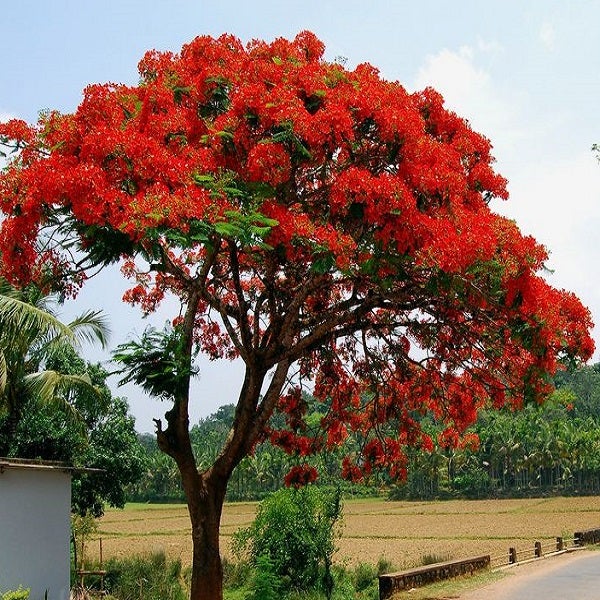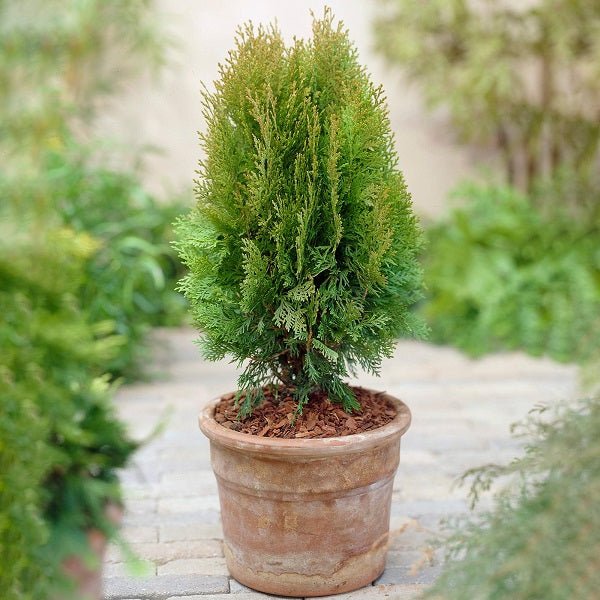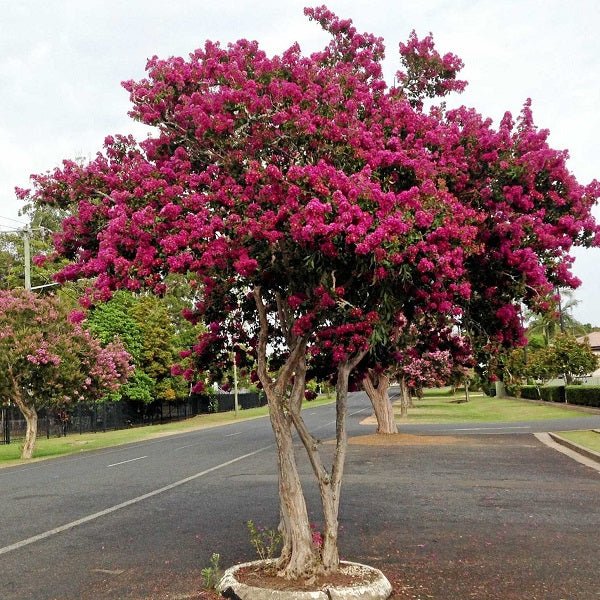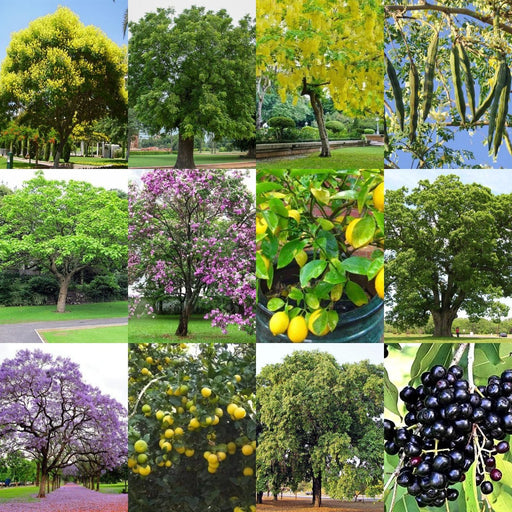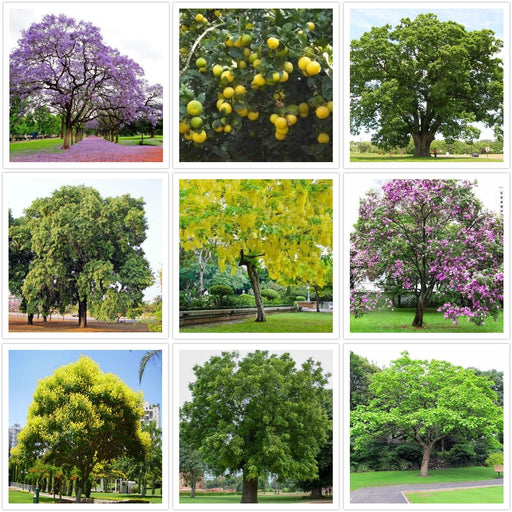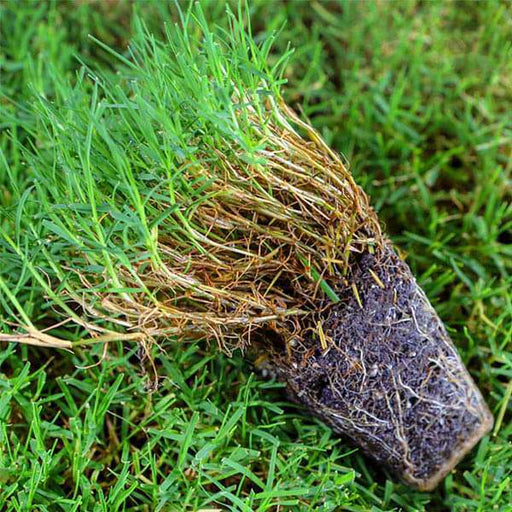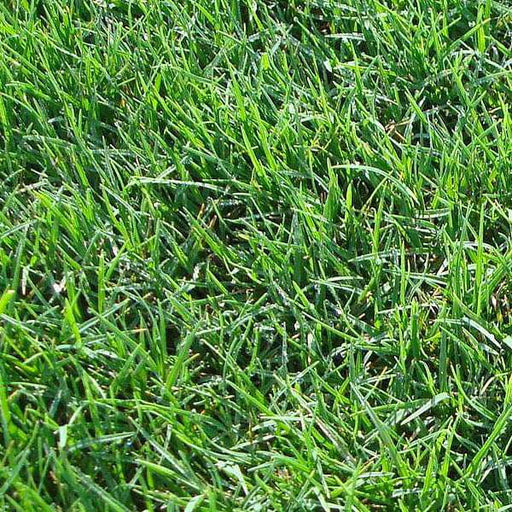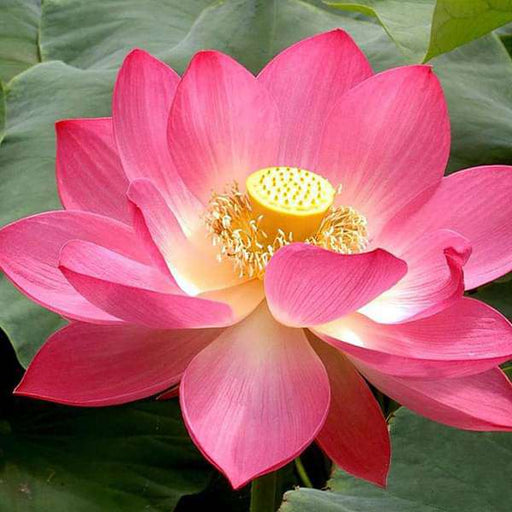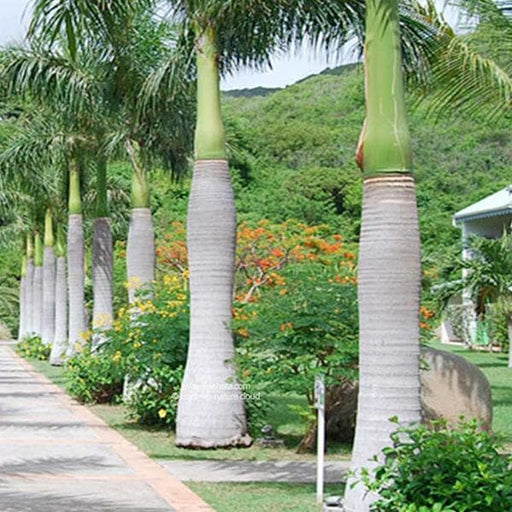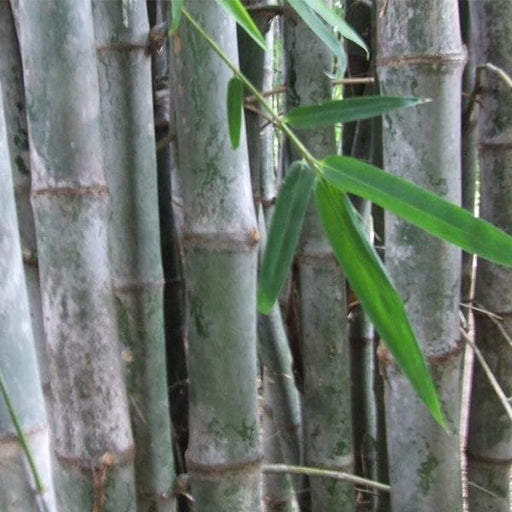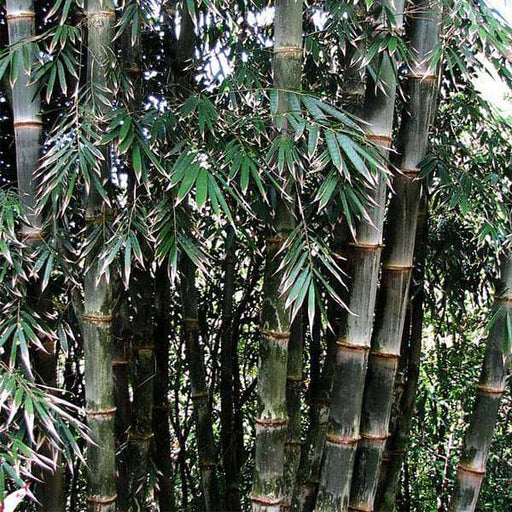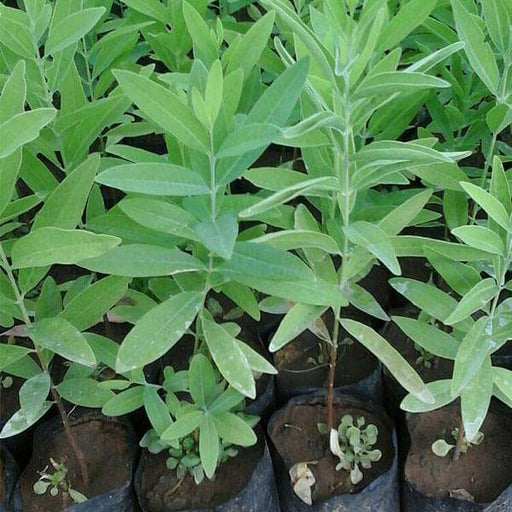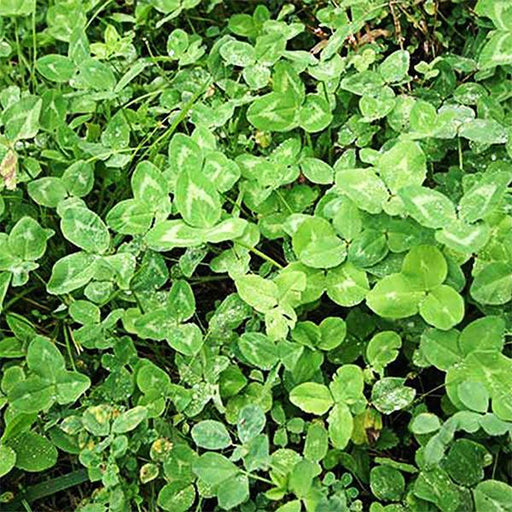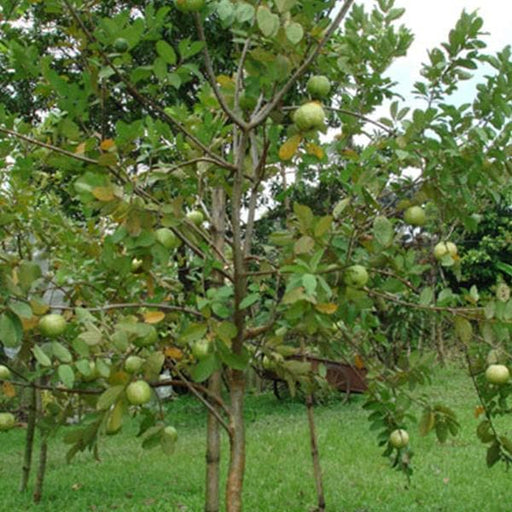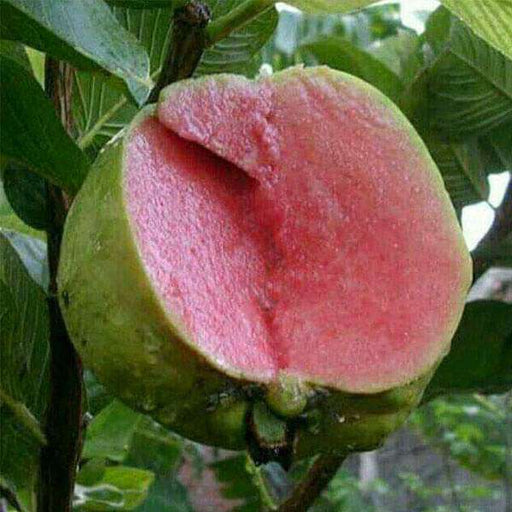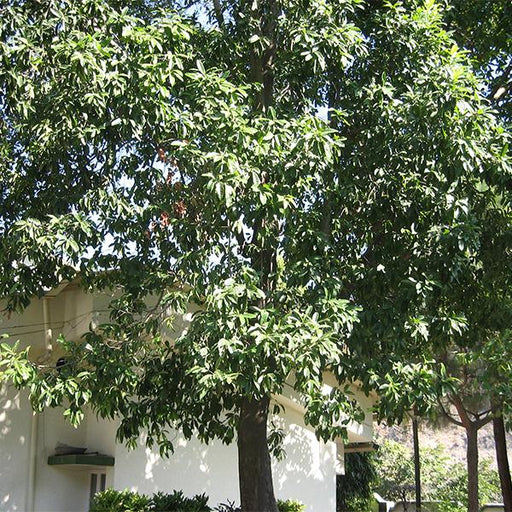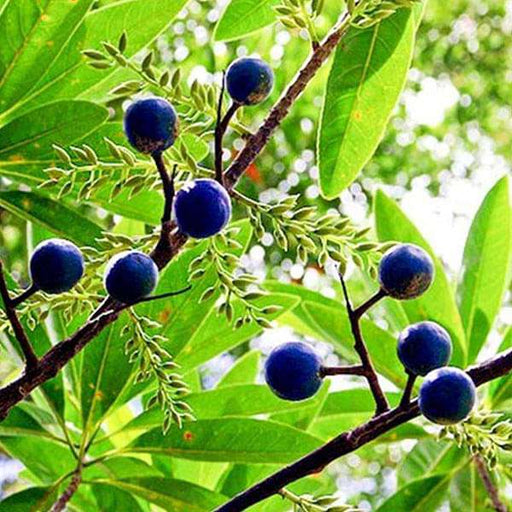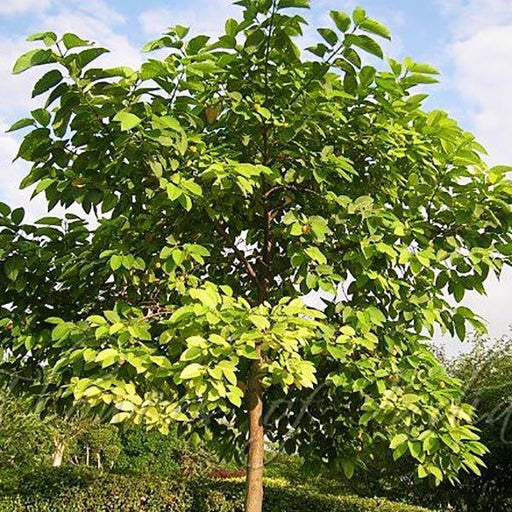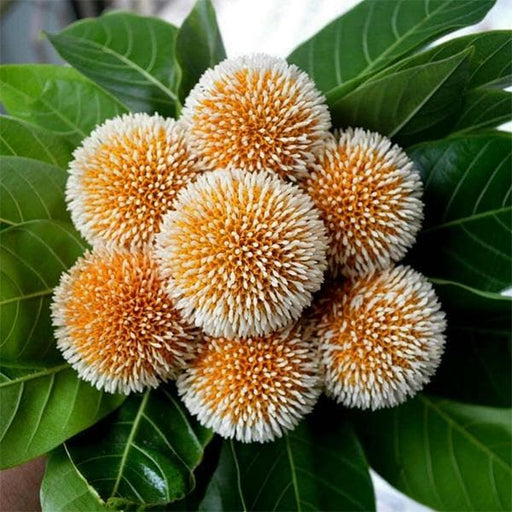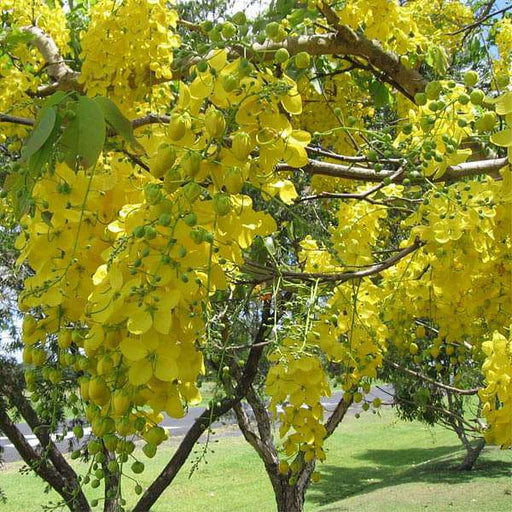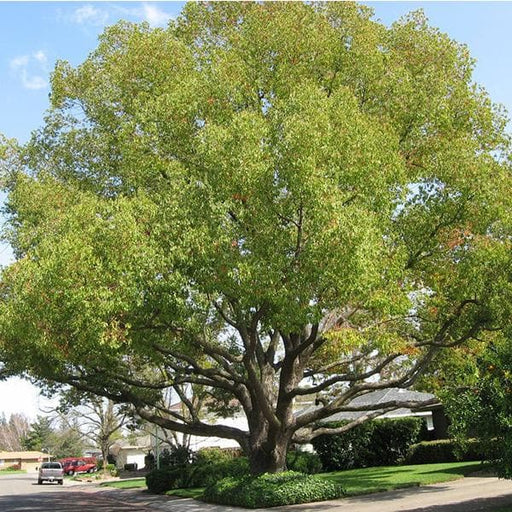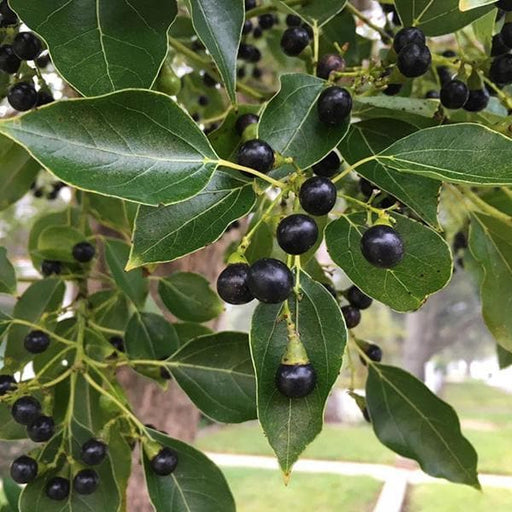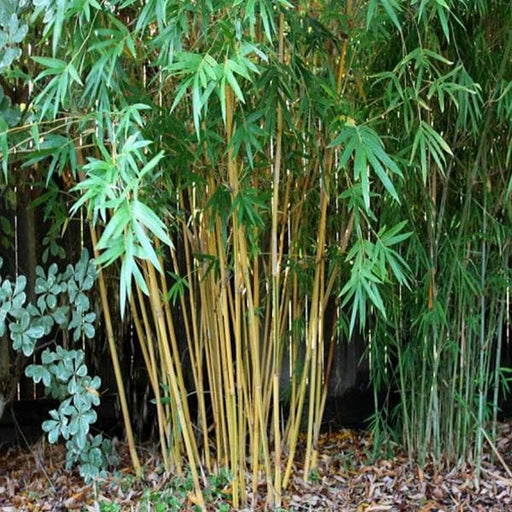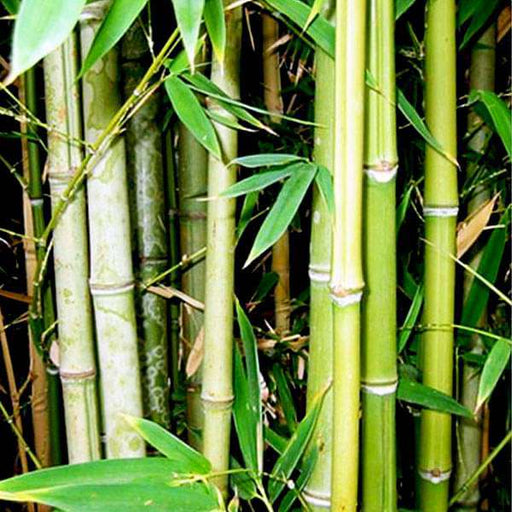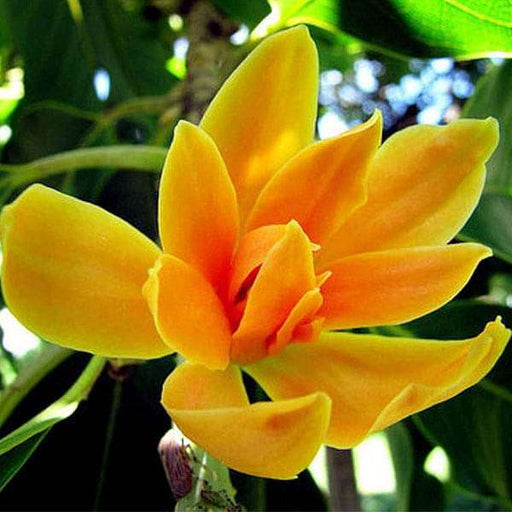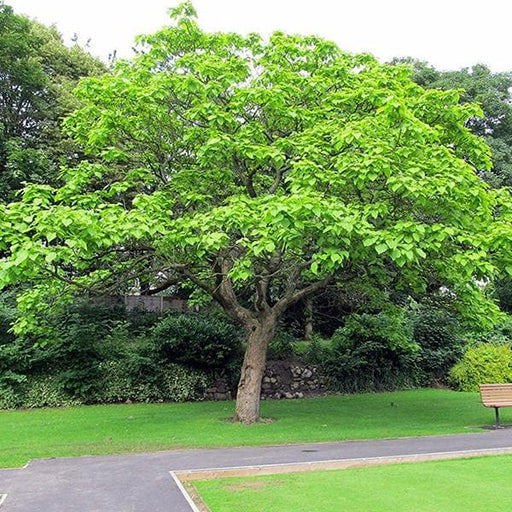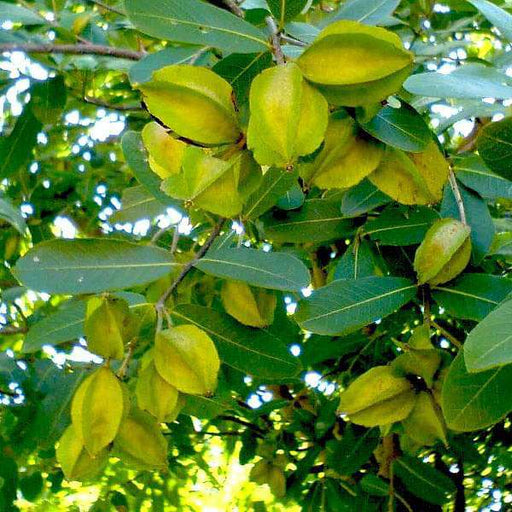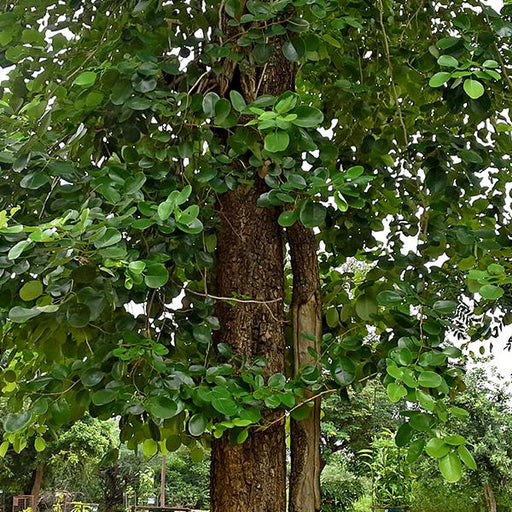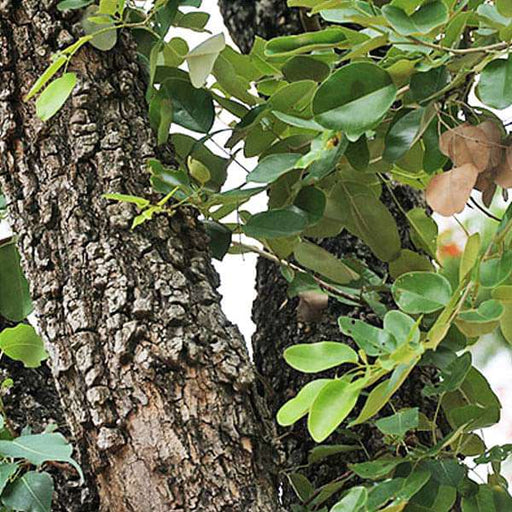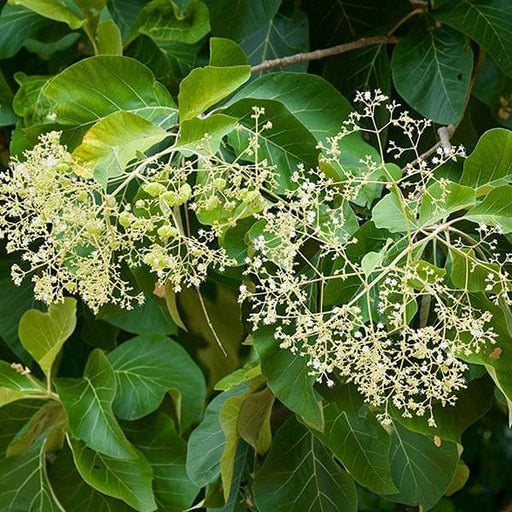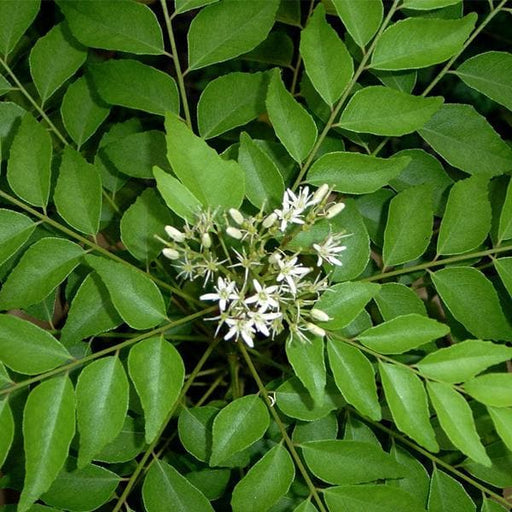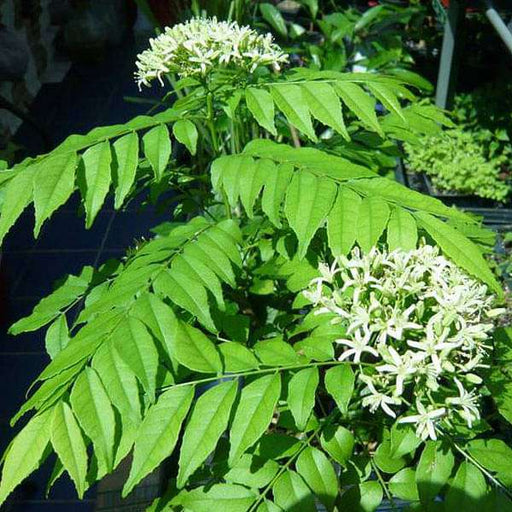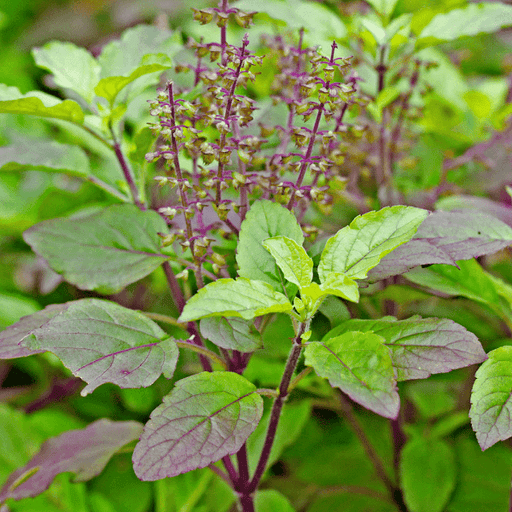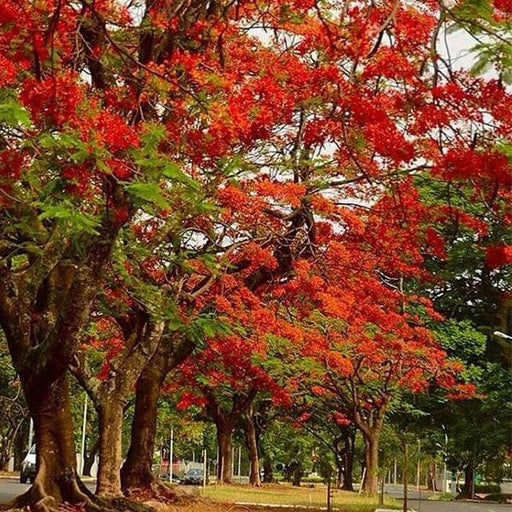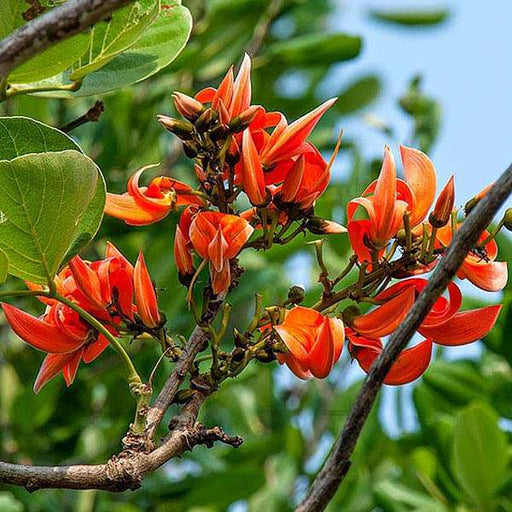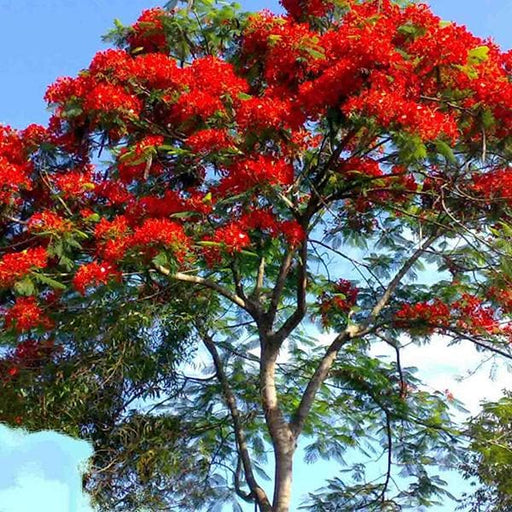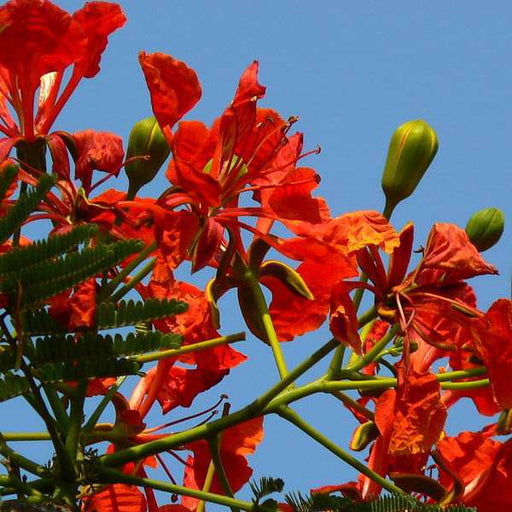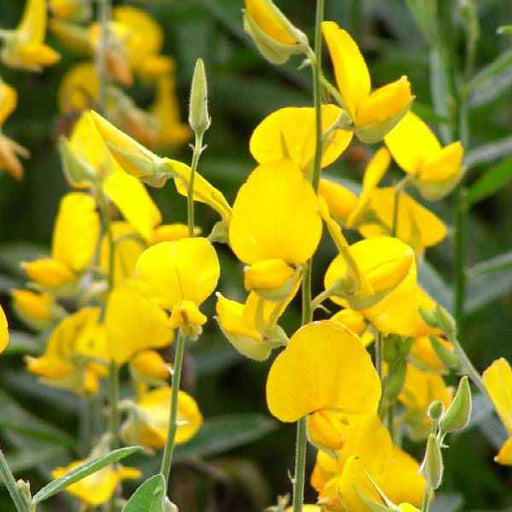Evergreen tree seeds
Evergreen tree seeds are a popular choice for those looking to add year-round greenery to their landscape. These seeds typically produce trees that retain their leaves throughout the year.
Conifer tree seeds
Conifer tree seeds refer to the seeds of trees in the conifer family, such as pine, spruce, and fir trees. These trees are known for their cone-shaped seed pods and needle-like leaves.
Fruit tree seeds
Fruit tree seeds include a wide range of seeds from fruit-bearing trees like apple, pear, and cherry trees. These seeds can be planted to grow new fruit trees and produce a variety of delicious fruits.
Native tree seeds
Native tree seeds refer to the seeds of trees that are native to a particular region or area. Planting native trees can help to support local ecosystems and wildlife.
Bonsai tree seeds
Bonsai tree seeds are specially chosen and bred for their small size and intricate branching patterns. Growing bonsai trees from seed can be a rewarding and relaxing hobby.
Deciduous tree seeds
Deciduous tree seeds refer to the seeds of trees that lose their leaves during the fall and winter months. These trees provide a beautiful burst of color during the autumn season.
Shade tree seeds
Shade tree seeds refer to the seeds of trees that provide a large amount of shade when fully grown. These trees are popular choices for landscaping and can help to keep homes and buildings cool during the hot summer months.
Oak tree seeds
Oak tree seeds are the seeds of the majestic oak tree, a symbol of strength and longevity. These trees are known for their sturdy trunks and beautiful foliage.
Pine tree seeds
Pine tree seeds refer to the seeds of the various species of pine trees. These trees are known for their tall, straight trunks and fragrant needle-like leaves.
Cedar tree seeds
Cedar tree seeds are the seeds of the cedar tree, a tree known for its fragrant wood and natural insect-repelling properties. These trees are often used for furniture, closets, and other indoor applications.
Redwood tree seeds
Redwood tree seeds are the seeds of the massive and ancient redwood tree, one of the tallest and longest-lived tree species in the world. These trees can live for thousands of years and are a testament to the enduring power of nature.
Palm tree seeds
Palm tree seeds include a variety of seeds from different species of palm trees, known for their unique and exotic appearance. These trees are often associated with tropical climates and are a popular choice for landscaping.
Bamboo seeds
Bamboo seeds are the seeds of the bamboo plant, a fast-growing and versatile plant that is used for a wide range of applications including building materials, food, and decorative items.
Maple tree seeds
Maple tree seeds are the seeds of the various species of maple trees, known for their beautiful fall foliage and sap that is used to make syrup. These trees are a staple of many landscapes and are often associated with autumn.
Fir tree seeds
Fir tree seeds refer to the seeds of the various species of fir trees, known for their tall and narrow shape and fragrant needles. These trees are often used for Christmas trees and other decorative purposes.
Cypress tree seeds
Cypress tree seeds are the seeds of the cypress tree, a tree known for its strong wood and ability to grow in wet or swampy conditions. These trees are often used for outdoor applications like fencing and decking.
Spruce tree seeds
Spruce tree seeds refer to the seeds of the various species of spruce trees, known for their conical shape and needle-like leaves. These trees are often used for Christmas trees and other decorative purposes.
Pinecone tree seeds
Pinecone tree seeds are the seeds found within the cone-shaped pods of pine trees. These seeds can be used to grow new pine trees and are often used for decorative purposes.
Willow tree seeds
Willow tree seeds are the seeds of the willow tree, known for their graceful branches and leaves. These trees are often associated with waterways and wetlands and are a popular choice for landscaping near ponds or streams.
Nut tree seeds
Nut tree seeds include a wide range of seeds from nut-bearing trees like walnut, pecan, and almond trees. These seeds can be planted to grow new nut trees and produce a variety of delicious nuts.

